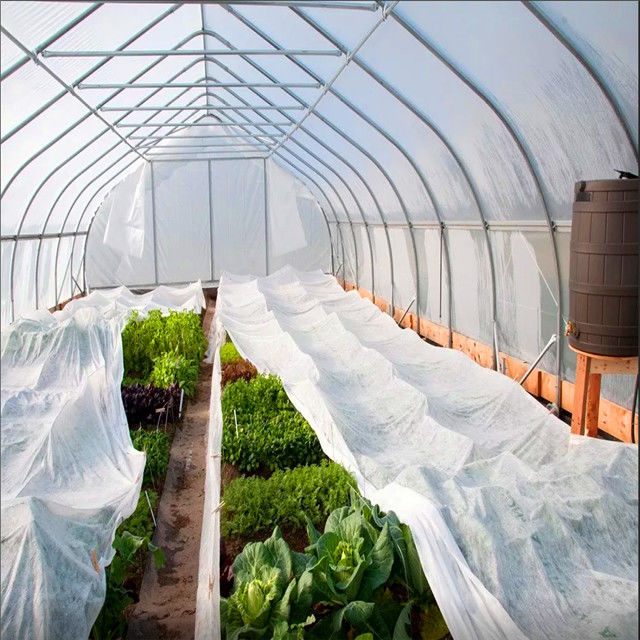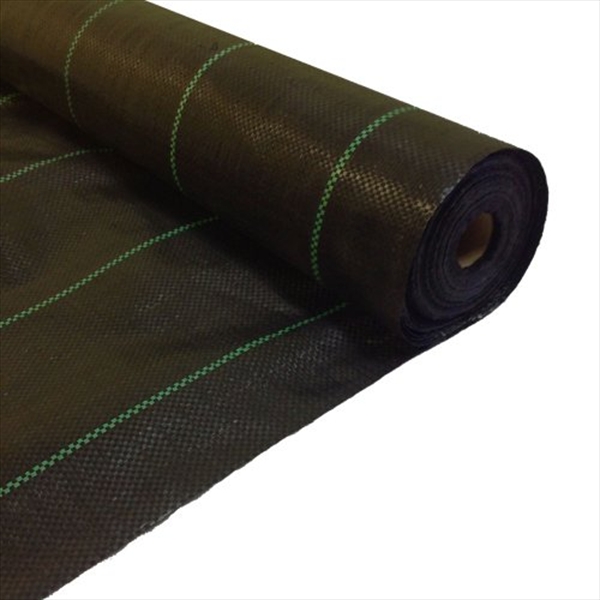
Non-woven Industries Development. Non-woven fabric was developed in the petrochemical sector after the invention of plastic cloth (film). It is much lighter and well ventilated than plastic. It is used frequently in medical and sanitary products such as facial towels, filtering, sanitary napkins and so on. Later it was created and applied to engineering. Non-woven fabric is utilized in vegetable production to protect against damage from cold. Non-woven fabrics are produced differently from plastic films. However, the basic components that are used in their production are similar. The materials used comprise PE (polyvinylchloride), EVA, Ethylene Vinyl Acetate copolymer), EVA and PVA (polyvinyl alcohol). Inflating the resultant thin film traditional plastic film can be produced. It is continuous. It extends indefinitely. The film does not have pores. It is totally inert and completely blocks any movement and exchange of molecules. With the development of the textile sector, artificial chemical fibres made from the above-mentioned ingredients became the new darlings of the industry of textiles. The chemical fibers, however can be converted into cloth via the traditional warp-weft weave. Non-woven materials are created by combining fibers in the same plane at various angles in every direction instead of using traditional warp/weft methods. When compared to traditional woven fabric they have superior material properties, and its production process can go from the raw material to final products in one go. The traditional process of drawing and weaving fibers is completely eliminated. Production costs are also lower. In the past few years, nonwoven fabrics are being used extensively in the fashion industry. Because of advances in material research and the advancement of production technology Non-woven fabric is becoming more diverse and is being employed more frequently. There are numerous different materials and products that can be encountered in everyday life. The growth in non-woven material usage in agriculture is due to its lightness, ease-of-production, diversity, cost effectiveness, and broad range of applications. Follow this non woven landscape fabric for more information.

Non-woven fabrics in agriculture. Non-woven fabrics were first introduced to agriculture in Europe in 1978. They can be used to keep carrots warm during early harvesting and also to guard against whiteflies and tomato leaf virus. Non-woven fabrics are utilized to mulch tomatoes, sweet peppers and sweet potatoes, as well as carrots, root vegetablesand and carrots. They also assist in the development of other vegetables, like cabbage, lettuce, radishes, and lettuce. It is used to preserve the heat, encourage early harvesting, and to control insects. Non-woven fabrics are able to increase the temperature of soil and hold water for long periods of time and are used for grass-proof mats. The production of water-absorbing blankets from short fiber can be affixed to nursery bedding in order to ensure the roots are able to absorb all water. They can also be used as the bottom medium for turf production, or directly used as garden grassland for moisturizing, draining, and dividing the garden. They can also be used to plant large woody plants such as garden and fruit trees. Non-woven fabrics are commonly used in Taiwan as crop covering. Non-woven fabrics are used extensively in large greenhouses to aid in energy conservation as well as environmental control. Canopy curtains, double-layered coverings and canopy curtains reduce the radiation and heat loss during the night. High-density spunbonded non-woven TAVIK fabrics were utilized in the beginning to shade and protect cauliflower bulbs. Because of its superior shading ability, low thermal conductivity, and easy recyclability, it was quickly welcomed by farmers. Later, it was slowly utilized for heat preservation as well as insect-proof cultivation of leaf vegetables. It also served as a shade and heat preservation and cultivation for fruit trees and pineapples. Due to the unique climate and ecology of Taiwan, the development of the industry of non-wovens has been slow. Non-woven fabric manufacturers in Taiwan continue to research and develop non-woven technologies. They are focusing on the absorption of water and air permeability of non-woven materials. It has increased its research to improve its ability to store and preserve agricultural products and hopes that it will be able to develop new applications. Look at this wholesale agriculture non woven fabric for more info.
